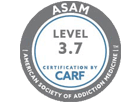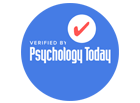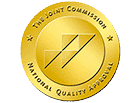The “Big Book,” AA’s foundational text, is cornerstone literature in the recovery community. The Big Book is a great text to bookmark and revisit while in recovery from a substance use disorder, but adding additional recovery texts to your rotation never hurt.
Why should I read recovery literature?
Reading recovery literature can help you to focus on the principles behind what it takes to build a stable, lasting recovery and give you the tools and inspiration you need to work the steps. It can also help you to figure out what works for you and what doesn’t work for you. Some people, for example, connect with the founding principles of NA, while others find themselves more drawn to the spiritual teachings of AA or CA.
Exploring different recovery ideas through reading gives you a good introduction to different approaches and opinions without making you feel like you have to commit to any one thing. Reading AA-, NA-, or CA- specific literature can give you a taste for what a meeting might be like and help you decide which group(s) are right for you and your recovery needs.
Reading in general is also a positive activity to maintain, as it is a good option when cravings manifest, particularly in early recovery. The act of reading requires the brain to slow down and concentrate, something that TV and phone screens don’t allow the mind to do. Books are also a great escape from the everyday.
Okay, so what should I read?
Hope, Faith & Courage (CA)
There are two available volumes of Hope, Faith & Courage, collections of recovery stories often shared at CA meetings.
A Quiet Peace: Daily Meditations
A daily meditation book put together by members of the CA Fellowship, this text consists of a number of inspirational thoughts and ideas meant to guide those in recovery with wisdom and spiritual insight.
An Integral Guide to Recovery: Twelve Steps and Beyond by Guy du Plessis
This book is dedicated to illustrating the fundamentals of a personalized, integrated recovery plan— from design to execution— and continuing your personal growth through the lens of recovery. The pages will take you through the process step-by-step and introduce you to the integrated recovery philosophy, its practical applications, the six recovery dimensions that build on an integrated recovery lifestyle, and how these components work together to help you to create a recovery plan for yourself.
The Big Book of NA
This book looks at the 12 steps in a different way than does the AA Big Book, but like AA’s book, includes personal anecdotes from those who have recovered from substance use disorders. If you would like, it’s not uncommon to find another sponsor for NA to take you through the Big Book of NA!
Just for Today: Daily Meditations for Recovering Addicts (NA)
Daily meditations from the NA Fellowship.
Living Sober (AA)
This short booklet explores how to stay sober day-by-day and how working the 12 steps into your everyday life ensures continued sobriety.
Drop The Rock: Removing Character Defects by Bill Pittman
This book is based on the principles behind steps 6 and 7 and guides readers through the process of letting go of character defects that stand between them and a productive recovery. Personal anecdotes, advice, and insights make up the bulk of this guide that is often used and referenced in AA meetings.
While reading recovery books is a great way to learn some of the recovery fundamentals, build on existing knowledge, and cultivate spirituality, the act of reading on its own isn’t enough. To be successful in recovery, especially in early recovery, you must put principles into action.
At Royal Life Centers at Puget Sound, we base our holistic therapeutic model on a variety of approaches, including 12 step programming. We are happy to answer any questions you may have about our programs and treatment options at (877)-RECOVER.












